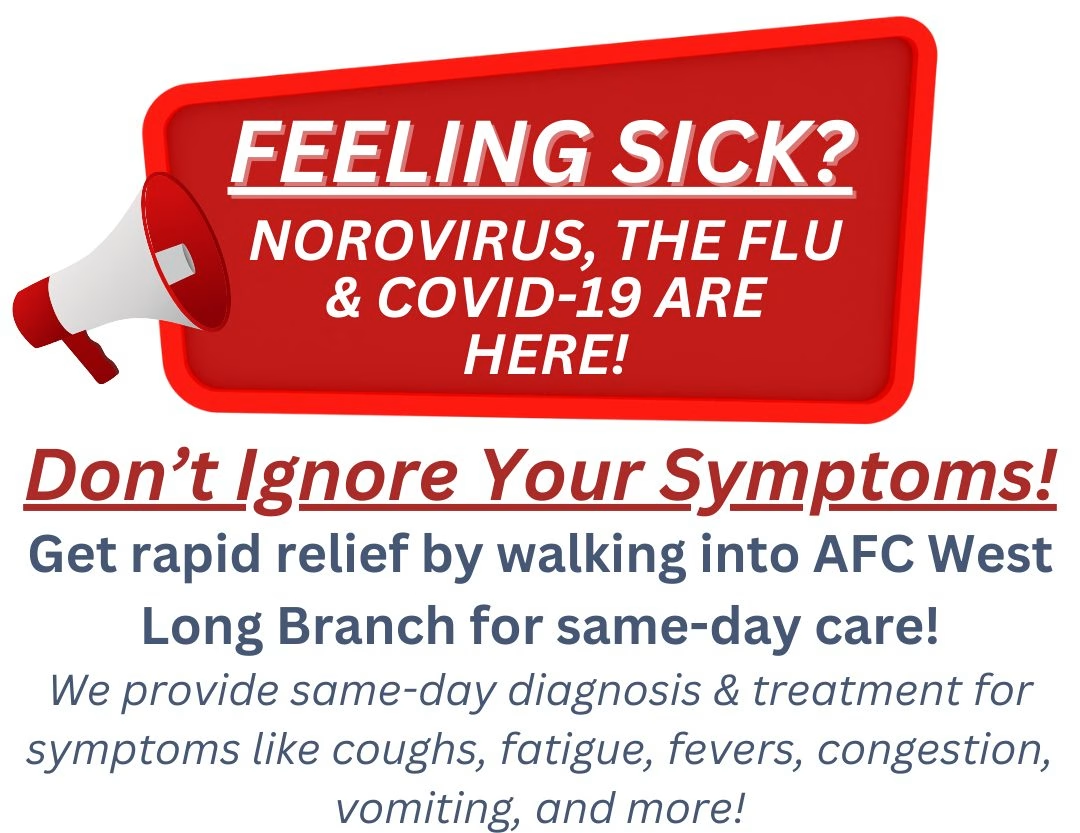Several factors influence when a person with a cold stops being contagious. If you want to stop the spread of the cold and guarantee a fast recovery, you need to know the duration of the infectious phase. But, it is hard to pinpoint the exact time a cold is no longer contagious because symptoms can vary and fluctuate.
Causes Of Getting A Cold In The Summer & Symptoms
Although it may appear counterintuitive, getting a cold in the summer is not uncommon. Many people do not know the causes and accompanying symptoms of summer colds. Cold viruses such as enterovirus and rhinovirus are still active and contagious even in summer. These viruses can be transmitted via direct contact with an infected person or contaminated surfaces. You can also catch a cold when you take in aerosolized droplets from a cough or sneeze.
Some signs of a summer cold are a runny or stuffy nose, an itchy throat, coughing, and sneezing. These symptoms are quite similar to those outside the range of the warmer months. In other cases, people might develop a slight fever, exhaustion, or complain of body aches. These unpleasant symptoms are usually resolved within a week or two.
You should ensure you take in a lot of fluids and nutrient-rich foods and get a lot of sleep when you develop a cold. These steps will boost your immune system’s capabilities in tackling the infection.
How Long You’re Contagious With A Cold
It is essential to know the season when cold is contagious. Being aware of this will prevent you from infecting your loved ones. Generally, the first two to three days of a cold’s onset are the most contagious. This initial phase is characterized by sneezing, coughing, and stuffy nose. These symptoms launch the cold virus into the atmosphere and onto surfaces.
As the cold and its symptoms progress, the likelihood of infecting others reduces. The symptoms will peak in three to five days, and the viral load will start to diminish. Therefore, lesser virus particles are expelled into the air.
You should note that this viral transmission can continue for more than a week after the initial contagious period. The preceding infectious phase depends on the virus's host and the cold's intensity.
Treatment Options For Lingering Symptoms
Lingering symptoms must be thoroughly addressed for complete relief and better well-being. You can consider several choices if you are still experiencing symptoms after traditional treatments.
- Holistic Therapies: These procedures focus on the body’s overall balance and provide relief from persistent signs. They include acupuncture, naturopathy, and chiropractic therapy. Acupuncture involves tiny needles inserted at specific locations to promote energy flow in the body. This process usually helps in reducing pain and discomfort.
- Diet and Nutrition: A well-balanced diet can help combat persistent symptoms. Consider replacing inflammatory meals with anti-inflammatory foods such as green tea, turmeric, and omega-3 fatty acids. Nutritious meals can ease the pain of some infected people. You can meet with a nutritionist to develop a customized diet plan that meets your needs.
- Mind-Body Techniques: Yoga, meditation, and deep breathing help calm your body and mind. They are known to manage symptoms and improve your well-being effectively.
- Herbal Therapies: Herbal supplements like ginger and St. John’s wort have proven helpful in eliminating symptoms. However, they can have side effects and reactions. Therefore, you should consult a healthcare provider before using these herbs.
- Physical Treatment: If your symptoms are related to musculoskeletal conditions, consider physical therapy. There are personalized exercise routines that boost the mobility and strength of an infected person.



